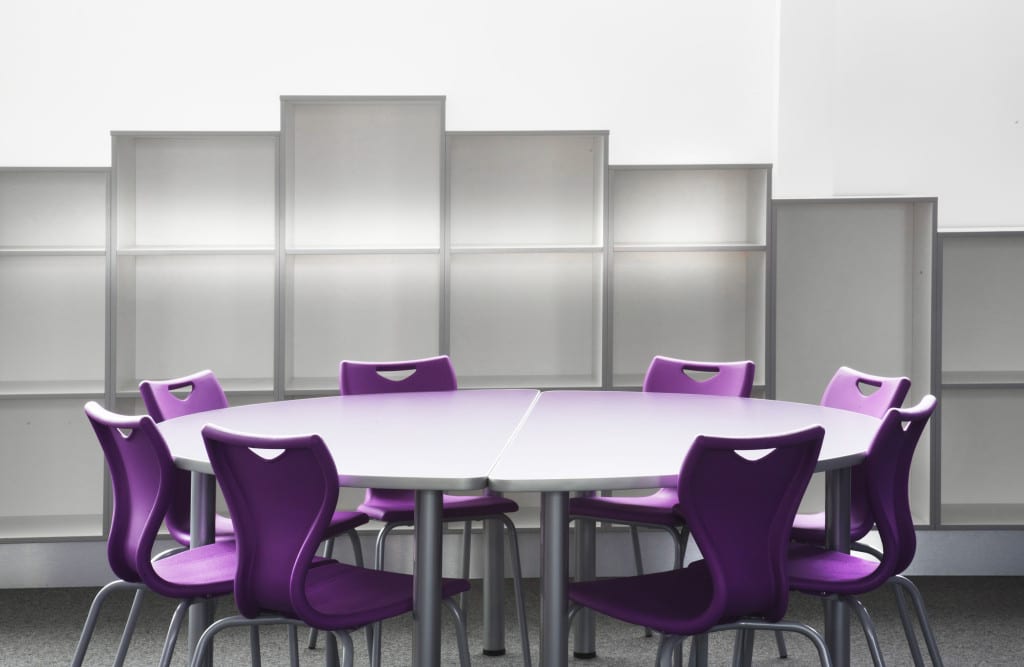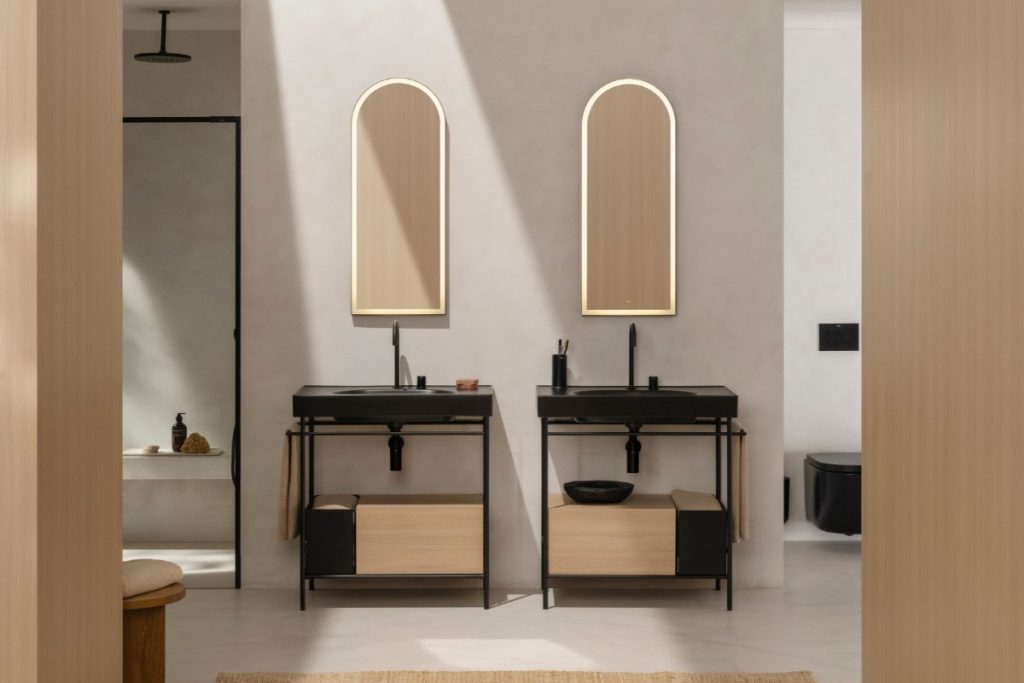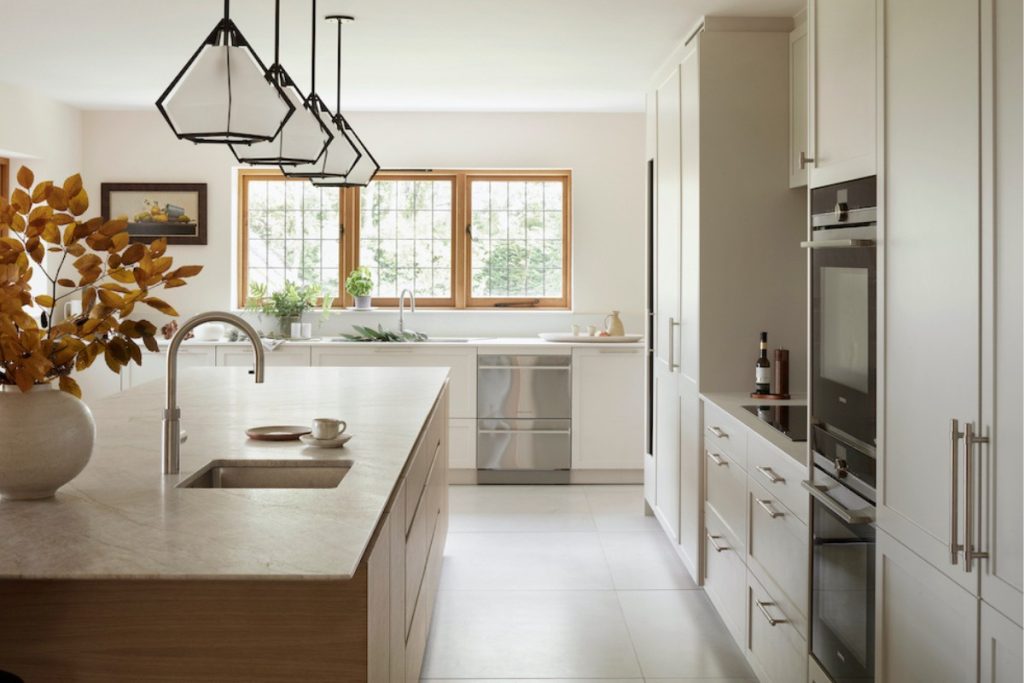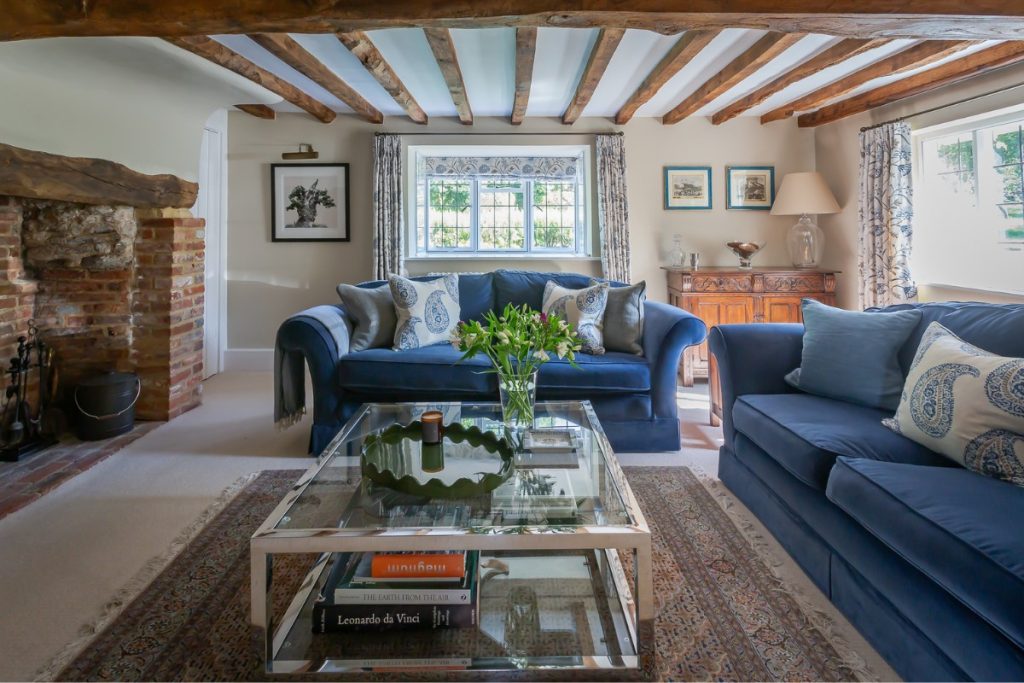 31st March 2014 | IN DESIGN ADVICE | BY SBID
31st March 2014 | IN DESIGN ADVICE | BY SBIDThe rapid and relentless advancement of technology means that the younger generation are increasingly exposed to a wider and more varied source of information. This has a knock-on effect on the evolution of educational techniques, and, in turn, in educational environments. New thinking now places an ever-growing emphasis on the importance of learning spaces, in addition to curriculum, class size and location.
We were lucky enough to speak to Peter Cunningham, the Design Manager of commercial interior design and manufacturers Innova Design Solutions, about the changing face of our children’s classrooms.
In the first segment of this two-part interview, Peter shed some light on how educational interior design has already been evolving, what we can expect in the future, and some role models for the UK to aspire to, among other topics.
Changes: Both Past and Pending
Over the last decade, the way in which our children are being taught has been developing and adapting to the growing influence of technology on education. “Visual and interactive learning spaces are becoming central to teaching with the introduction of smart boards, touch screens and green screen technology. Smart phones and tablets are becoming increasingly used as resourceful tools in lessons,” says Peter.
And this advancement in the influence of technology heralds a change in the teaching spaces themselves. “With the introduction of new technologies, the design of classrooms needs to be optimised to accommodate new technologies, allow seamless cable management, provide secure storage spaces and ensure sufficient power sockets where necessary.”
Technological advancements are not the only steps forward that teaching has taken. Traditionally, students were encouraged to work alone which often stifled some students’ potential, whilst also neglecting the social side of learning. Peter highlights the importance of developing all aspects of a child’s education:
“Group working and live projects is fast becoming an effective method of teaching where students can interact and work together to solve problems or work on a task. Providing learning spaces outside of the classroom is just as important to a student’s academic development as the traditional classroom setting. From break-out spaces with modular seating to creative use of corridors, cyber cafes and multi-functional libraries; creating spaces which allow collaborative working will enable schools to foster a culture of teamwork.”
This is reflected in the changes in classroom seating plans over the last decade. “In the industrial era, schools developed as highly controlled environments that reflected the common workplace, in which it was necessary to have discipline.”
But while such plans may have served to keep students in order, new thinking suggests it may have stunted their development in other ways, argues Peter. “Traditional classroom set-ups with rows of students all facing the teacher does not promote creativity or collaboration. Now, classrooms must adapt to suit the information age, reflected through more diverse forms of learning with flexible layouts to suite a variety of teaching styles.”
Overseas Inspiration
According to Peter, there are a multitude of other countries who have already implemented innovative educational interior design ideas which can serve as a role model for the UK. “Counties leading the way in educational interiors include Sweden, Netherlands and Germany. All are forward thinking and innovative in their approach to facilitate learning in the classroom.”
As with many aspects of society, Scandinavian countries lead the way in pioneering ideas. Peter singled out one particular Swedish classroom designed by the architects at Rosan Bosch, which pushed the boundaries of educational interior design. “Two years ago a Swedish architectural practise implemented the very first classroom-less school, creating loosely designed spaces as opposed to fixed classroom bases. The breakdown of physical barriers such as walls and desks has created a free space which allows students to come together to collaborate, imagine and learn.”
Working within Limits to Think outside the Box
A 2012 study by U.K. design firm IBI Nightingale & the University of Salford found that the confluence of classroom design features, such as room orientation, HVAC, acoustics, and furniture, can enhance or set back a student’s academic progress by up to 25 percent during the course of a year.
Peter champions the importance of internal environments in the classroom, and, indeed, has helped to pioneer a new successful classroom model.
“We have recently completed a new build development, which focused on providing inspirational interiors which work for both staff and students. Since the work has been completed, the school has seen phenomenal results, including a 30% increase in pupil numbers despite falling rolls in the district, 2012 record whole school results, 2013 best ever Science results, 2013 best ever Art results, 2013 outdoor concert for audience of 200 and community use 7 days a week.”
However, Peter realises that implementing such designs, as desirable as they might be, will always be difficult in the current economic climate. “The bottom line will be the resources available for school design and more often than not, the budget and availability of space will take precedence.”
Indeed, such a shortcoming in the education budget has led to the government’s recent restrictions on school building designs, including a ban on curved and glass walls. However, many architects are using the revealing 2012 study to try and fight the ban. Whilst Peter recognises the constraints that the government operates under, he is keen to stress the dangers of neglecting the educational environment.
“This study is proof that classroom design matters and yet in a lot of projects we see, classroom interiors tend to be the last areas considered, and specifications are often determined by the amount of money that is left in the pot, rather than something that is budgeted for.
“Classroom design, therefore, needs to be at the forefront of school building design as it’s the interiors which make a difference to learners and educators.”
A Better Classroom for a Better Class
A concerted effort to improve the classroom environment has clearly been proved to improve the performance of students. In this segment, Peter laid out the basic changes that have taken and will take place over the coming years, as well as pointing out some early role models and highlighting the challenges posed by budget and space availability.
In the next segment , Peter gets into more specifics about the importance of the appropriate furnishings in the classroom, including furniture, technology and student input, as well as more general contributing factors, like colour schemes and security.
Written by Rob Truslove
As an enthusiastic design fan, lover of interiors and writer, Rob contributes to a smorgasbord of varying website blogs on a number of subjects. Rob is a proud father and husband of an ICT specialist, which drives his interest in educational architecture.
Image Sources:
• Swedish Classroom # 1: http://i.bnet.com/blogs/telefonplan-school-jan20121.jpg
• Swedish Classroom # 1: http://i.bnet.com/blogs/telefonplan4-school-jan20126.jpg



